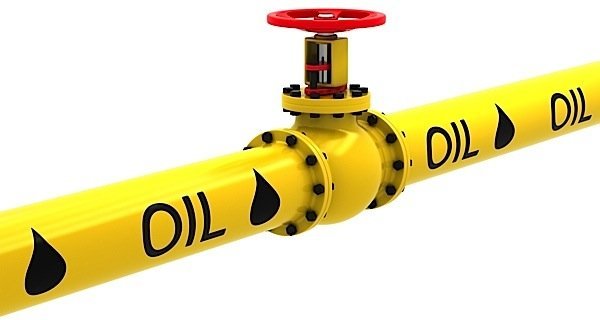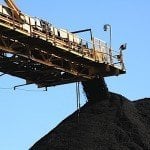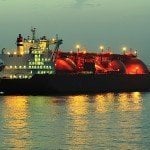An oil spill that occurred a few days ago in Los Angeles was reportedly caused by the rupture of a valve at a petroleum pipeline pump station. According to news reports, the rupture sent oil gushing 40 feet into the air. The company that operates the pipeline said that around 450 barrels (18,900 gallons) had been spilled.
It is fairly unusual for a valve to be cited as the cause of an oil spill. In most media reports, a ruptured pipeline is the cause of the leak. Causes of these ruptures can be corrosion within the line itself, accidental rupture by third party, act of nature such as lightning strike or earthquake, sabotage, or something else. It is, in fact, difficult to find accurate, up-to-date statistics concerning the prevalence of valve failure as a cause of oil pipeline leaks.
A US government report on pipeline failures in 2002/2003 lists “material or weld” failures as responsible for 16.5 per cent of incidents; equipment failure accounted for 15.4 per cent. Equipment failures may be due to leakages or malfunctioning of fittings such as flanges, clamps and valves, but the report doesn’t break out the specific causes.
A more recent research paper from the Science Media Centre of Canada states that “the majority of leaks are related to pump stations and valves, rather than the body of the pipeline. In general, corrosion accounts for about 20 per cent to 30 per cent of pipeline leaks.” This is based on incidents reported to the National Energy Board. Again, it is difficult to find specific information. A researcher from York University in Toronto went to the National Energy Board looking for information about oil spills in Canada and found that data on oil spills has not been made accessible. Much of it is only available under access-to-information laws. It is not available in digital format, he said.
Whatever the incidence of valve failure, one thing is certain: a wide array of valves are used in all areas of the pipeline: upstream, midstream and downstream. The upstream portion covers everything to do with the well itself, ending with the “choke,” a specialized globe valve mounted on the wellhead to regulate the output of the well. Midstream describes the flow from the wellhead to the final destination, the refinery. It can include storage tanks, injection stations where the oil is injected into the pipe, pump stations along the line to keep the oil moving and intermediate delivery stations, as well as block valve stations where a section of pipeline can be closed for maintenance. Downstream includes everything inside the area of the destination.
Oil pipelines are of various sizes and serve different functions, from gathering lines, which collect oil from the wells and carry it to storage tanks, to feeder lines, which move the oil from storage tanks to the transmission lines, which transport the oil to the refineries. These transmission lines can be as big as 48 inches in diameter. There are more than 100,000 kilometres of transmission lines in Canada.
Go to Daemar for products that support the oil and gas industry.

































